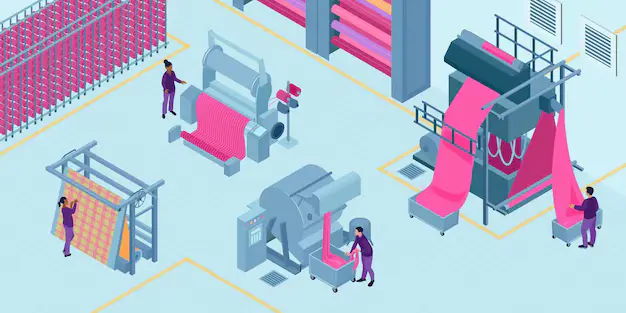
The Reserve Bank of India (RBI) has announced key decisions from its latest Monetary Policy Committee (MPC) meeting. Here’s a detailed breakdown of the announcements and their implications:
Key Highlights
- Repo Rate Maintained at 6.5%
- For the 11th consecutive time, the repo rate remains unchanged at 6.5%.
- Decision: Voted by a 4-2 majority within the MPC.
- Reason: Inflation concerns persist, driven by higher food prices and other inflationary pressures.
- Impact: Borrowers will not see immediate relief in loan interest rates or EMI reductions.
- CRR Cut by 50 Basis Points (bps) to 4%
- The Cash Reserve Ratio (CRR), the proportion of deposits banks must keep in cash, has been reduced from 4.5% to 4%.
- Liquidity Injection: This move will release ₹1.16 lakh crore into the economy.
- Impact:
- Banks have more funds to lend, potentially boosting credit availability.
- May support economic growth but could lead to slightly lower deposit interest rates.
- GDP Growth Outlook Revised Downwards
- Earlier Estimate: 7.2% for FY2024-25.
- Revised Estimate: 6.6%, reflecting recent economic headwinds.
- Reasons for Revision:
- Lower-than-expected GDP growth in Q2 (5.4%).
- Global economic uncertainties.
- Future Projections:
- Q3 GDP growth: 6.8%.
- Q4 GDP growth: 7.2%.
- Inflation Concerns
- RBI revised its Consumer Price Index (CPI) inflation projection for FY2024-25 from 4.5% to 4.8%.
- Reason: Rising food prices and global economic challenges.
- RBI Governor Shaktikanta Das highlighted the importance of controlling inflation to sustain long-term economic growth.
Impact Analysis
For Borrowers
- No Repo Rate Cut:
- Home loans, car loans, and personal loans will remain at their current interest rates.
- EMI payments will not reduce in the near term.
For Depositors
- CRR Reduction:
- Banks might reduce interest rates on savings and fixed deposits due to increased liquidity.
For the Economy
- Liquidity Boost:
- The ₹1.16 lakh crore liquidity injection could drive economic activity and support GDP growth.
- This is particularly critical as the economy faces pressure from weak global growth and a depreciating rupee.
On Inflation
- The RBI’s cautious stance on repo rates underscores its priority to contain inflationary risks.
- While inflation remains a concern, the CRR cut is aimed at striking a balance between growth and price stability.
What is CRR?
- Definition: The percentage of a bank’s total deposits that it must keep as cash reserves with the RBI.
- Purpose: Ensures financial stability and controls liquidity in the banking system.
- Change: The cut from 4.5% to 4% allows banks to lend more, thereby increasing liquidity.
Challenges Ahead
- Global Economic Slowdown:
- External factors, including lower demand in global markets, continue to impact India’s growth prospects.
- Currency Depreciation:
- The Indian rupee is nearing an all-time low against the US dollar, putting additional pressure on inflation.
- Sectoral Growth:
- The RBI expects rural demand and festive spending to support growth, but structural issues in certain sectors persist.
Conclusion
The RBI’s decision reflects a cautious approach, balancing inflation concerns with the need to support economic growth. While the repo rate remains unchanged, the CRR cut aims to inject liquidity into the economy, providing a much-needed boost amidst global uncertainties.
For borrowers, relief in EMIs will have to wait, but businesses and banks might benefit from increased liquidity. The overall impact of these measures will unfold in the coming months.
What are your thoughts on RBI’s latest monetary policy decisions? Let us know in the comments below!
Disclaimer
This article is for informational purposes only. Please consult a financial expert before making investment decisions.
Also Read: Retail Inflation Soars to 14-Month High: Food Prices Lead Surge
Follow US



